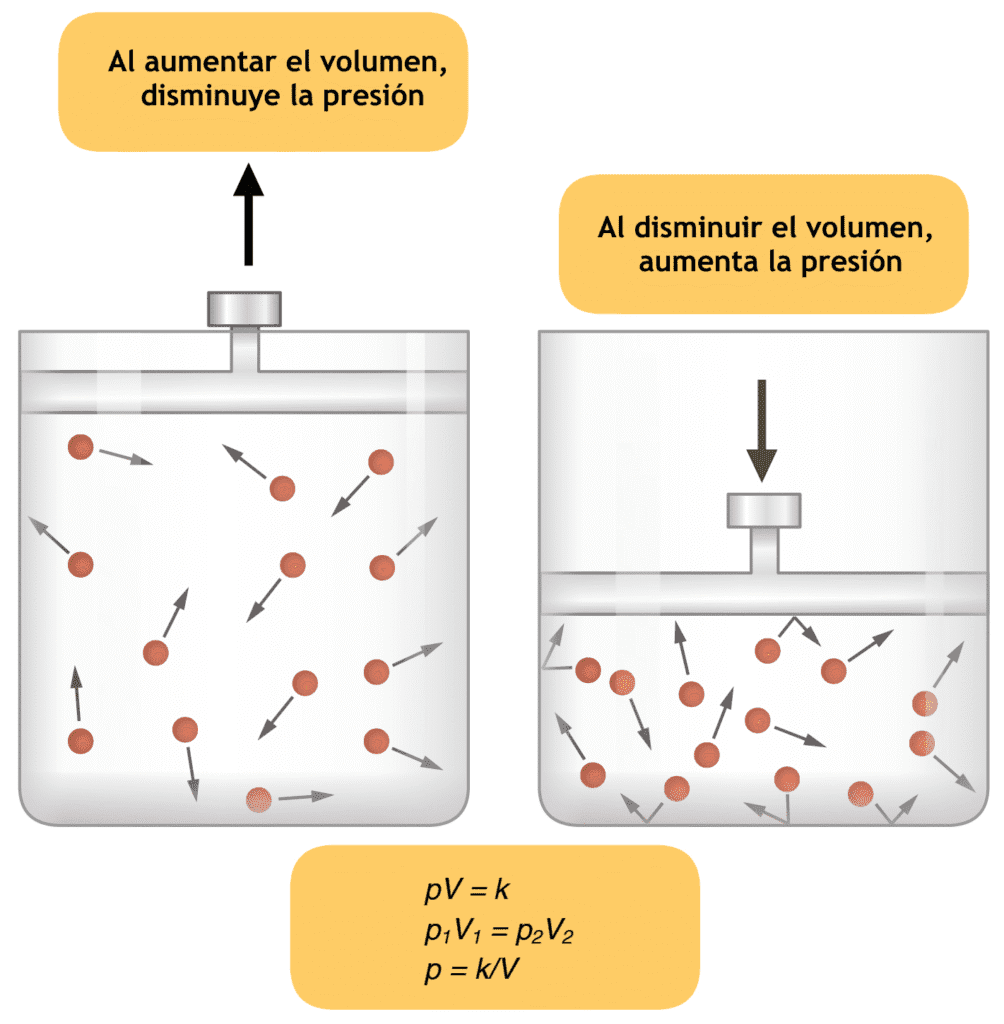 The kinetics of the anaesthetic agents during recovery from inhalant anesthesia are a reversal of the mechanism seen during induction. On cessation of anaesthetic agent, the fall in alveolar concentration is immediate. The gradient between venous blood and alveoli drives the anaesthetic into the alveoli.
The kinetics of the anaesthetic agents during recovery from inhalant anesthesia are a reversal of the mechanism seen during induction. On cessation of anaesthetic agent, the fall in alveolar concentration is immediate. The gradient between venous blood and alveoli drives the anaesthetic into the alveoli.
In terms of recovery from inhalant anesthesia , the poorly soluble agents like nitrous oxide and desflurane are eliminated faster than more soluble agents like halothane and isoflurane.
So, rapidity of recovery depends upon the solubility of the anaesthetic and duration of anaesthesia because the MG and FG reserves may be eliminated in hours or days.
A measure of recovery is MAC awake, i.e., the concentration of anaesthetic allowing response to command in 50% of subjects.
Also in recovery from inhalant anesthesia , the MAC awake for nitrous oxide is more rapid than that for desflurane or sevoflurane. Recovery is faster when single agents are used.
Miller’s anesthesia says the following about recovery from inhalant anesthesia –
Nearly all the factors that govern the rate at which the alveolar anesthetic concentration rises on induction apply to recovery.
Thus, the immediate decline is extremely rapid because the washout of functional residual capacity by ventilation is as rapid as the washin. Only 2 minutes is required to eliminate 95% to 98% of nitrogen from the lungs when pure oxygen is breathed.
Nitrogen, however, is a poorly soluble gas relative to the inhaled anesthetics. As ventilation sweeps anesthetic from the alveoli, an anesthetic partial pressure gradient develops between the partial pressure in the returning venous blood and the partial pressure in the alveoli.
This gradient drives anesthetic into the alveoli, thereby opposing the tendency of ventilation to lower the alveolar concentration.
The effectiveness of the venous-to-alveolar gradient in opposing the tendency of ventilation to decrease the alveolar anesthetic partial pressure is in part determined by the solubility of the anesthetic such that an agent with greater solubility, such as isoflurane, opposes the elimination produced by ventilation more than an agent with lesser solubility does, such as desflurane and sevoflurane, because a greater reserve exists in blood for the more soluble anesthetics.
Thus, the fall in the alveolar partial pressure of isoflurane is slower than the fall with desflurane and sevoflurane. The rapidity of recovery largely depends on the solubility of the anesthetic.

